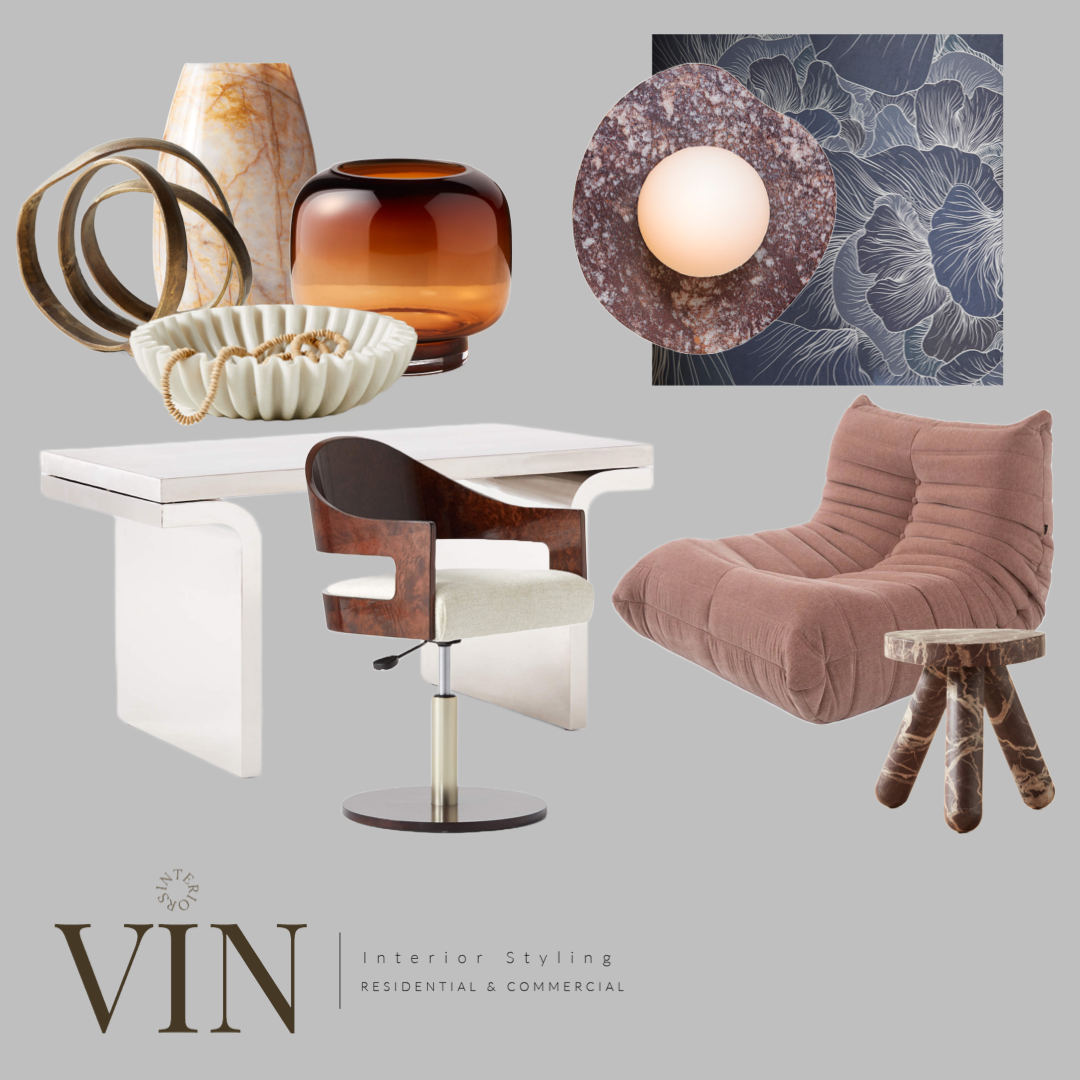Have you ever wandered into a furniture store or browsed online and felt overwhelmed by the myriad of choices? That's perfectly normal! Selecting the best quality furniture can be a daunting task given the endless options in style, material, and price. But don't worry—you can master this art with a bit of guidance.

This image is property of image.isu.pub.
Understanding Your Needs
Before you even start looking at furniture, it's crucial to clearly define what you're looking for. This first step will save you time and headaches down the road.
Assessing Your Space
Take a moment to evaluate the space where the new furniture will go. Measure the dimensions, consider the room’s function, and think about how the new piece will fit in aesthetically and spatially. A general idea of where each furniture item will go can help you in the selection process.
Lifestyle Considerations
Your lifestyle plays a vital role in choosing the best furniture. Do you have kids or pets? You might need durable and stain-resistant materials. Do you expect to entertain guests often? Consider investing in more seating options or a larger dining table.
Budget Planning
It’s easy to get carried away, especially when you’re in awe of that luxurious leather sofa or a handcrafted wooden table. Establish a budget range beforehand. This not only narrows down your options but also keeps you financially prudent.
Designing with Intent
Now that you have a clear understanding of your needs, the next step is to think about design. Design isn’t just about aesthetics; it’s about how a piece of furniture will function within your space and enhance your lifestyle.
Style Preferences
From modern to rustic, traditional to eclectic, there's a style to suit every preference. Take note of your personal style and the existing decor of your space. Consistency in style can bring harmony to your living environment.
Functionality and Comfort
More than just looking good, your furniture should serve a purpose and offer comfort. Consider ergonomic designs for chairs if you work from home or spend a lot of time sitting. For multi-functional spaces, think about furniture that can serve multiple purposes, like a sofa bed.
Long-term Use
Quality is synonymous with longevity. Consider whether a piece will stand the test of time, not just physically, but also in its style and functionality. Opt for timeless designs and sturdy materials.
Material Matters
The choice of material can significantly affect both the durability and aesthetics of your furniture.
Wood Furniture
Wooden furniture offers timeless appeal and durability. However, not all wood is created equal. Here's a comparison to help you identify quality options:
| Wood Type | Durability | Aesthetic Appeal | Cost |
|---|---|---|---|
| Solid Hardwood | High | Classic and Rich | High |
| Softwood | Moderate | Rustic Charm | Moderate |
| Engineered Wood | Varies | Diverse Styles | Affordable |
Upholstery
The upholstery not only influences the look and feel of your furniture but also its longevity. Fabrics like microfiber and leather are popular choices. Here’s a quick guide:
| Upholstery Type | Benefits | Drawbacks |
|---|---|---|
| Leather | Classic, Durable, Easy to Clean | Pricey, Can Crack Over Time |
| Microfiber | Stain-resistant, Soft | Can Attract Pet Hair |
| Synthetic Fabrics | Affordable, Various Styles | May Wear Out Quicker |
Metal and Glass
Modern designs often incorporate metal and glass. Metals like stainless steel and brass offer a sleek, contemporary look, while glass can make a space appear larger and more open. However, note that these materials may require more frequent maintenance to keep them looking pristine.
Craftsmanship: The Mark of Quality
Quality furniture is more than just its material—it’s also about how well it's put together.
Joinery
Good joinery is a hallmark of quality. Look for dovetail or mortise-and-tenon joints rather than staples or nails. These traditional techniques are not only stronger but also indicate a higher level of craftsmanship.
Hardware
Pay attention to the hardware on furniture pieces, such as handles, knobs, and hinges. High-quality furniture will have hardware made of durable materials like brass or stainless steel, and the pieces should feel sturdy and well-attached.
Finishes
The finish on a piece of furniture can protect it from wear and tear while also enhancing its appearance. Whether it’s lacquered wood or powder-coated metal, the finish should be even, smooth, and free from bubbles or cracks.

This image is property of miro.medium.com.
Testing for Quality
When shopping for furniture, it's important to conduct a few simple tests to ensure you're getting the best quality.
The Sit-Test
Don't be shy—sit on chairs and sofas to test their comfort and sturdiness. Quality seating should provide good support without sagging or creaking.
The Wiggle-Test
Gently wiggle furniture pieces to check for stability. A well-made piece should feel solid and not wobble. Poor craftsmanship will be more noticeable when the furniture is moved or used.
The Inspection
Look closely at the furniture. Examine the seams, corners, and undersides. Quality furniture will have tidy seams, aligned corners, and well-finished undersides, with no rough edges or exposed staples.
Where to Shop
Your source for furniture can significantly impact the quality of the pieces you bring home.
Reputable Stores
Choose reputable retailers and brands known for their quality and customer service. Read reviews, ask for recommendations, and do your research.
Online Shopping
While convenient, online shopping requires extra caution. Ensure that the seller offers clear product descriptions, ample photos, and return policies. Look for customer reviews to gauge the quality and satisfaction.
Vintage and Thrift
Don’t overlook vintage and thrift stores. They can be treasure troves of high-quality, unique furniture at a fraction of the cost. Just be prepared to invest a little time in searching and possibly refurbishing.

This image is property of assets.isu.pub.
Maintenance: Prolonging the Life of Your Furniture
Even the best-quality furniture needs proper care to ensure its longevity.
Routine Cleaning
Regular cleaning is essential. Dust wood furniture with a soft cloth, and vacuum upholstered pieces. Use appropriate cleaning agents for different materials to keep them in top condition.
Protective Measures
Use coasters, placemats, and furniture covers to protect surfaces from damage. Consider professional treatments like fabric protectors or wood polish to add an extra layer of defense.
Periodic Repairs
Address any repairs promptly. Tighten loose screws, touch up scratches, and replace worn-out parts to keep your furniture functional and looking new.
Making the Final Decision
Choosing the best quality furniture involves combining all of these elements: understanding your needs, considering design, selecting materials, evaluating craftsmanship, and maintaining your pieces.
Trust Your Instincts
After all the research and testing, trust your instincts. You are the one who will live with the furniture, so make sure it feels right for you.
Patience Pays Off
Don't rush into a purchase. Quality furniture is an investment, so take your time to find pieces that truly meet your standards and needs.

This image is property of assets.isu.pub.
Conclusion
The art of choosing the best quality furniture involves a balance of practical considerations and personal taste. By understanding your needs, focusing on design, paying attention to materials and craftsmanship, and maintaining your pieces, you can create a beautiful, comfortable, and long-lasting home. Enjoy the process of finding furniture that makes your space uniquely yours.









